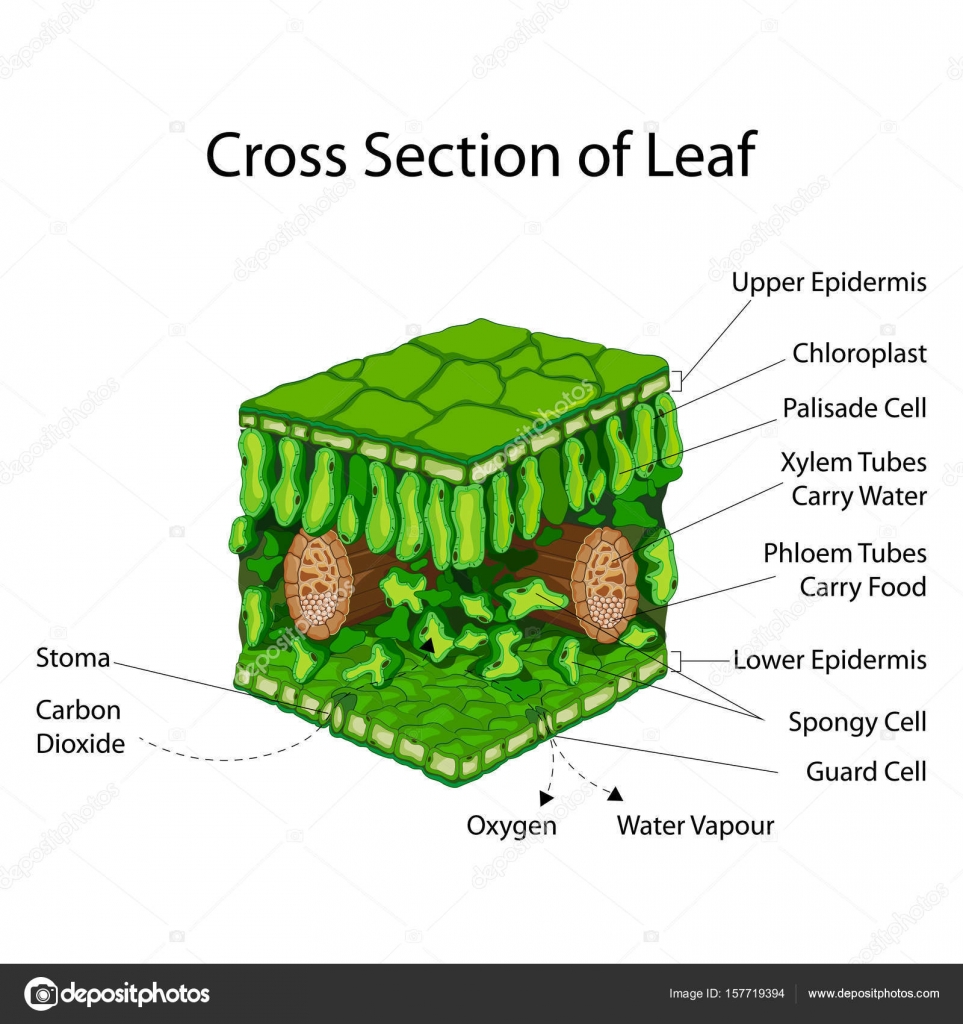
Cross Section Of Leaf Diagram Class 10 Ncert Class X Science / Cross section of a leaf. pradaden
Structure of a Leaf (With Diagram) | Plant Organs | Biology Article Shared by ADVERTISEMENTS: In this article we will discuss about the structure of a leaf with the help of a diagram. A leaf is a compromise between two conflicting evolutionary pressures.
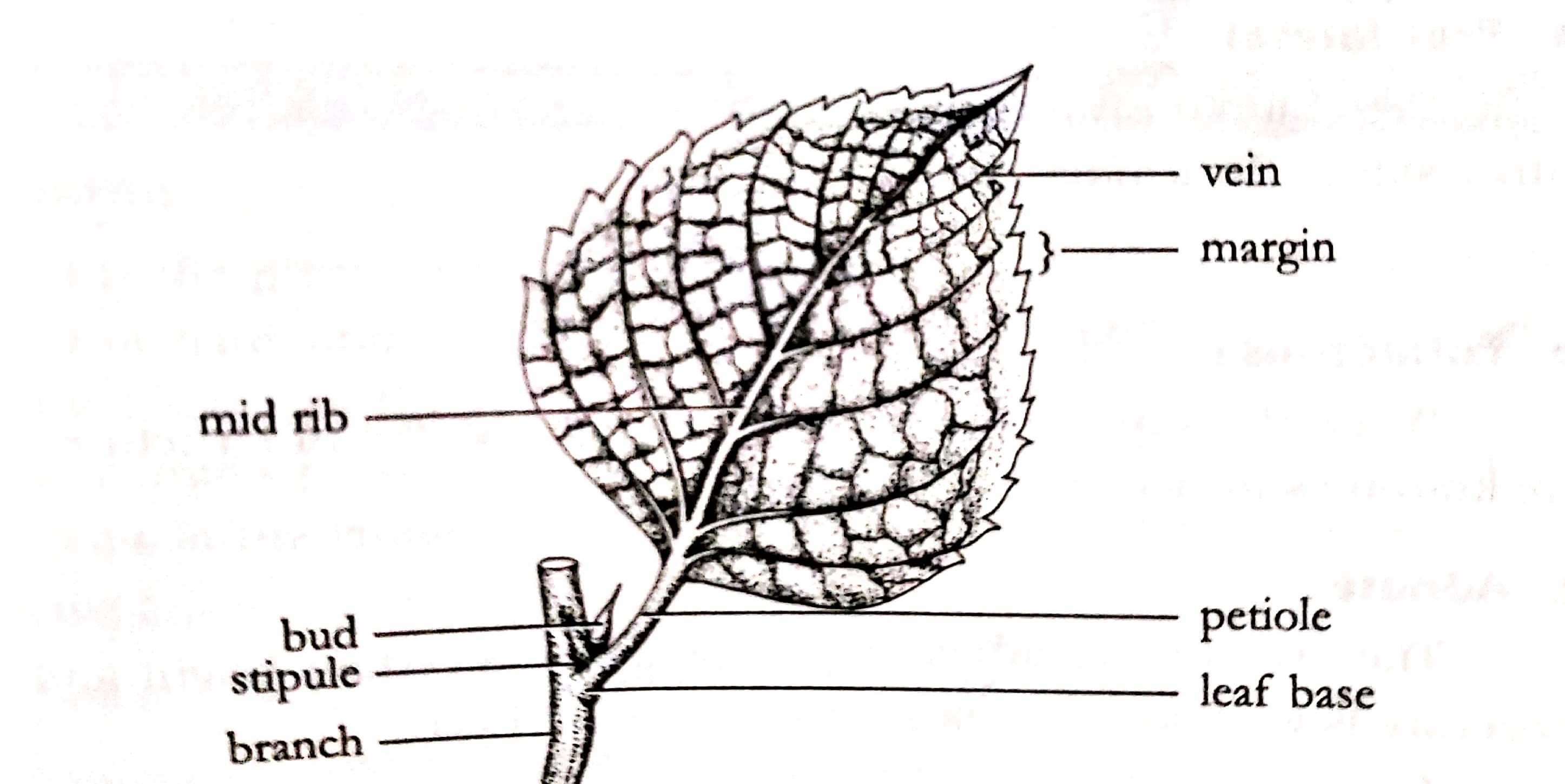
A typical plant leaf (Different parts and types) Online Science Notes
1 Cellular Structure of a Tree Leaf Tissue Structure of Tree Leaf. By Zephyris - commons.wikimedia.org Leaves are food factories for the tree. Powered by sunlight, the green substance in leaves.
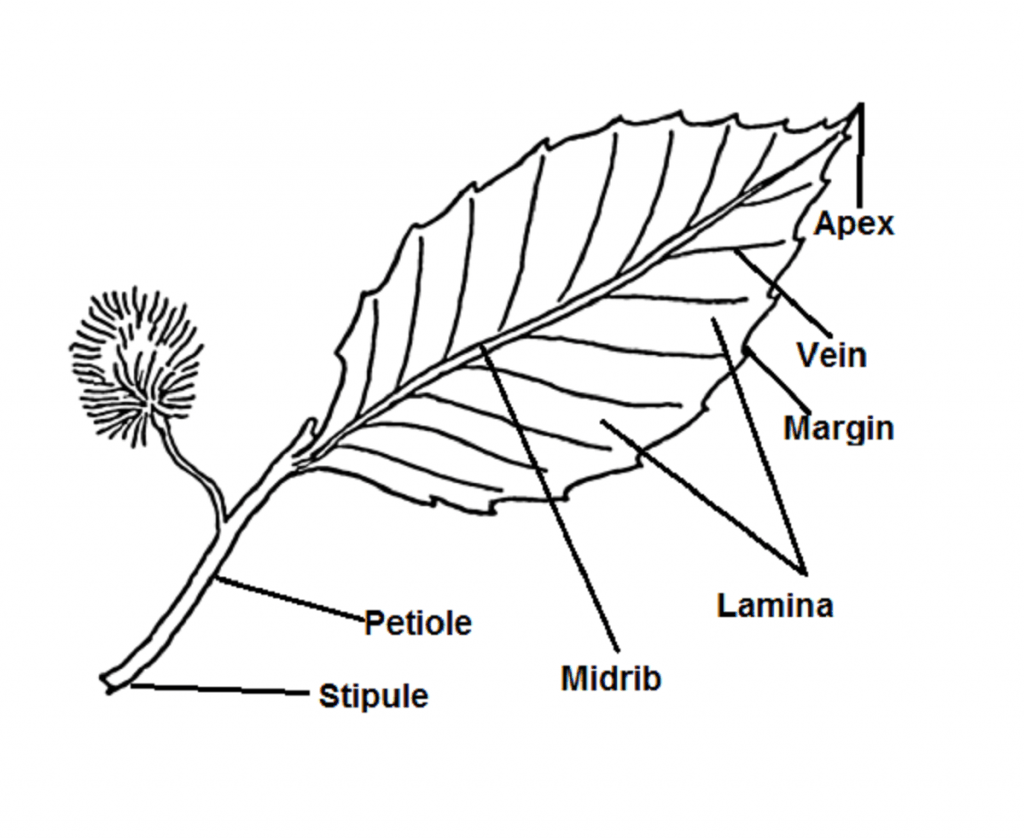
Ncert class 6 Science Getting to Know Plants Exercise answer Studdy
Leaves and photosynthesis Video - Leaf structure Video Transcript Photosynthesis is a vital process that occurs in the leaves of a plant. During photosynthesis, the leaves use chlorophyll and.
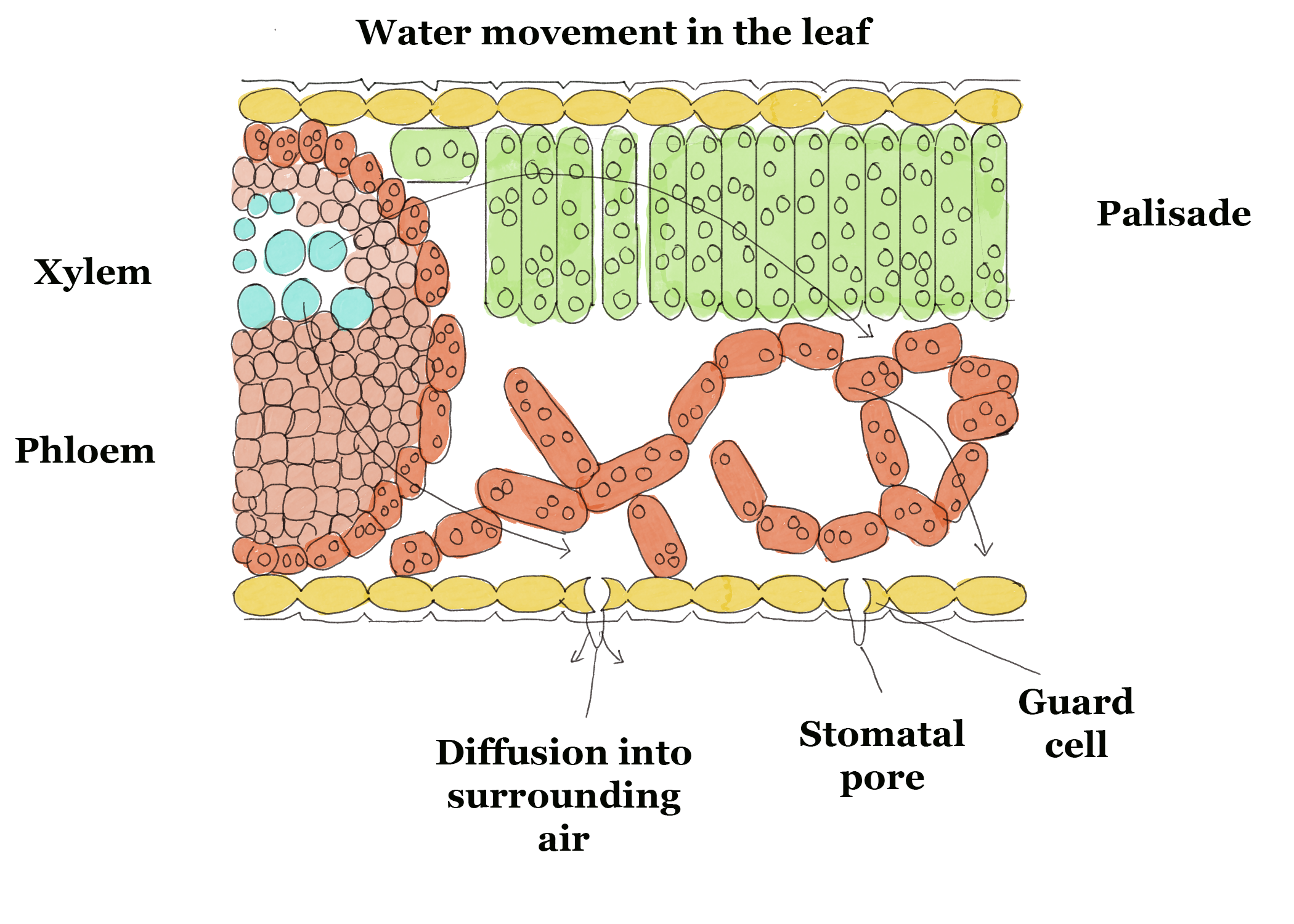
Leaf Structure, Types, Functions GCSE Biology Revision
3. Leaf of Bamboo: A section through the leaf of bamboo (Bambusa spp. of family Graminaceae) would reveal the following internal structure (Fig. 620): I. Epidermis: As usual there are two epidermal layers. The upper epidermis possesses a number of conspicuous bulliform cells. The lower one bears stomata and remain covered with strong cuticle.
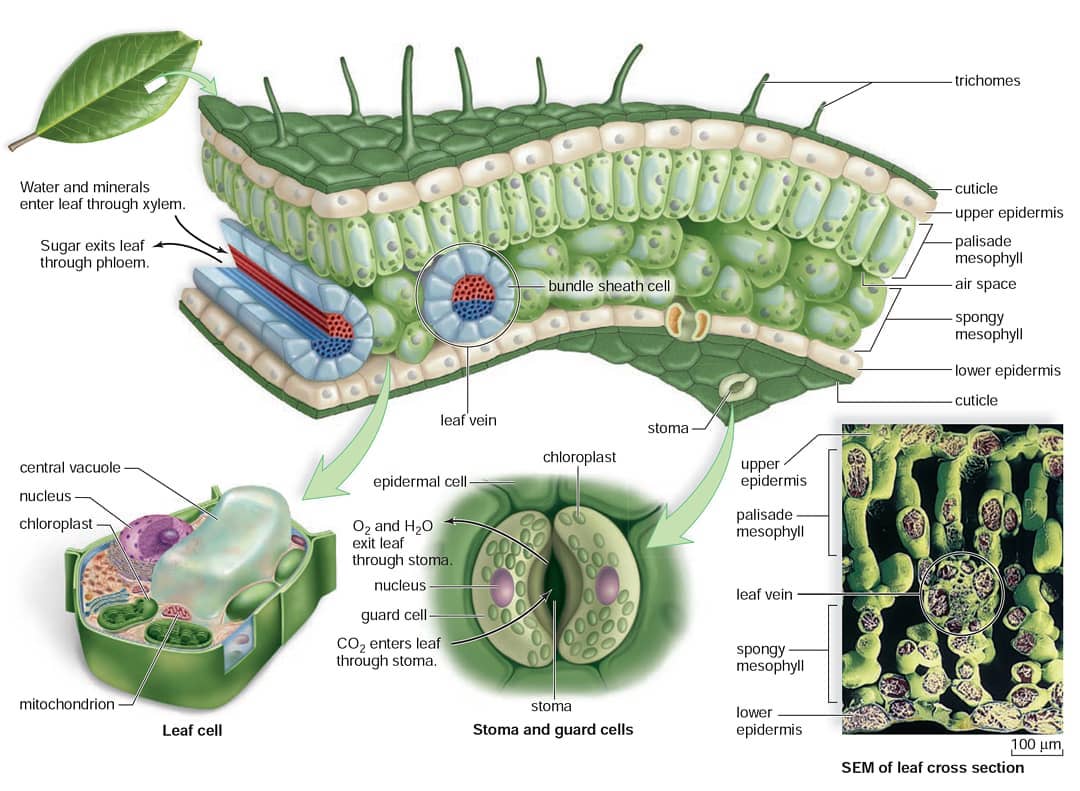
Structure of a leaf
A leaf is a highly organized factory - an organ constructed of several kinds of specialized tissues, each of which has its own duties.
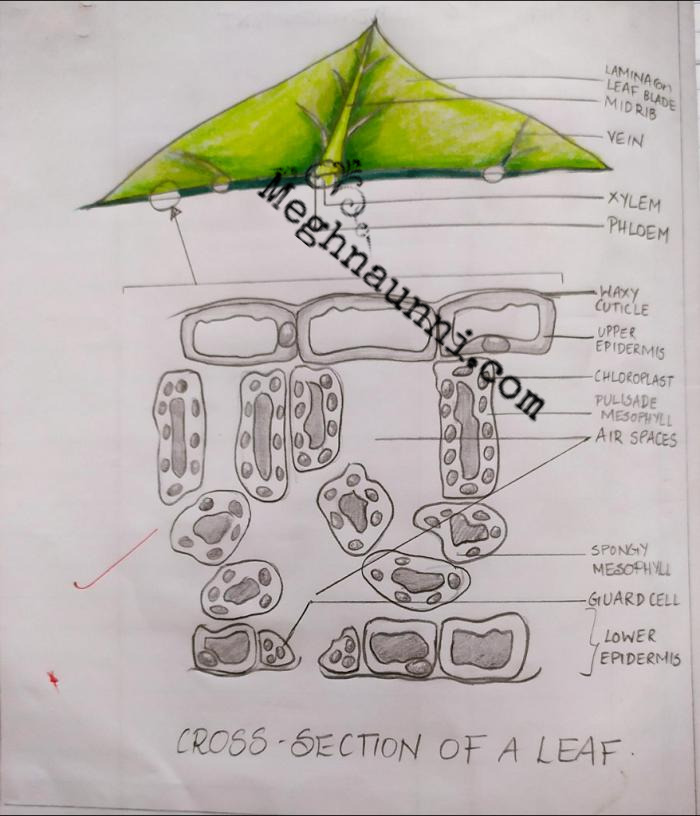
Cross Section of a Leaf Biology Diagram
Figure 30.8.1 30.8. 1: Parts of a leaf: A leaf may seem simple in appearance, but it is a highly-efficient structure. Petioles, stipules, veins, and a midrib are all essential structures of a leaf. Within each leaf, the vascular tissue forms veins. The arrangement of veins in a leaf is called the venation pattern.

Pin on Microscopy
Figure 9.3. 2: Cross section of a hydrophytic leaf. Observe a prepared slide of a hydrophyte, such as Nymphaea, commonly called a water lily. Note the thin epidermal layer and the absence of stomata in the lower epidermis. In the spongy mesophyll, there are large pockets where air can be trapped.

Cross Section Of Leaf Diagram Class 10 Ncert Class X Science / Cross section of a leaf. pradaden
A diagram showing a leaf at increasing magnifications. Magnification 1: The entire leaf Magnification 2: Mesophyll tissue within the leaf Magnification 3: A single mesophyll cell Magnification 4: A chloroplast within the mesophyll cell Magnification 5: Stacks of thylakoids—grana—and the stroma within a chloroplast

Biomedical Illustrator Medical & Biological Illustrations Laurie O’Keefe
Definition of a Leaf: The leaf is a flattened, lateral outgrowth of the stem in the branch, developing from a node and having a bud in its axil. It is normally green in colour and manufactures food for the whole plant. The leaves take up water and carbon dioxide and convert them into carbohydrates in the presence of sunlight and chlorophyll.

Pin by Kajal Kumari on biology Biology plants, Teaching biology, Biology lessons
The air space found between the spongy parenchyma cells allows gaseous exchange between the leaf and the outside atmosphere through the stomata. In aquatic plants, the intercellular spaces in the spongy parenchyma help the leaf float. Both layers of the mesophyll contain many chloroplasts. Figure 30.10. 1: Mesophyll: (a) (top) The central.

Leaf anatomy vector illustration diagram Aulas de biologia, Educação, Anatomia
The structure of a leaf The leaves are the organ for photosynthesis. It is where photosynthesis takes place. The structures of leaves are adapted for efficient photosynthesis as shown in the table below. The cellular structure of a leaf Next: Factors affecting the rate of Photosynthesis
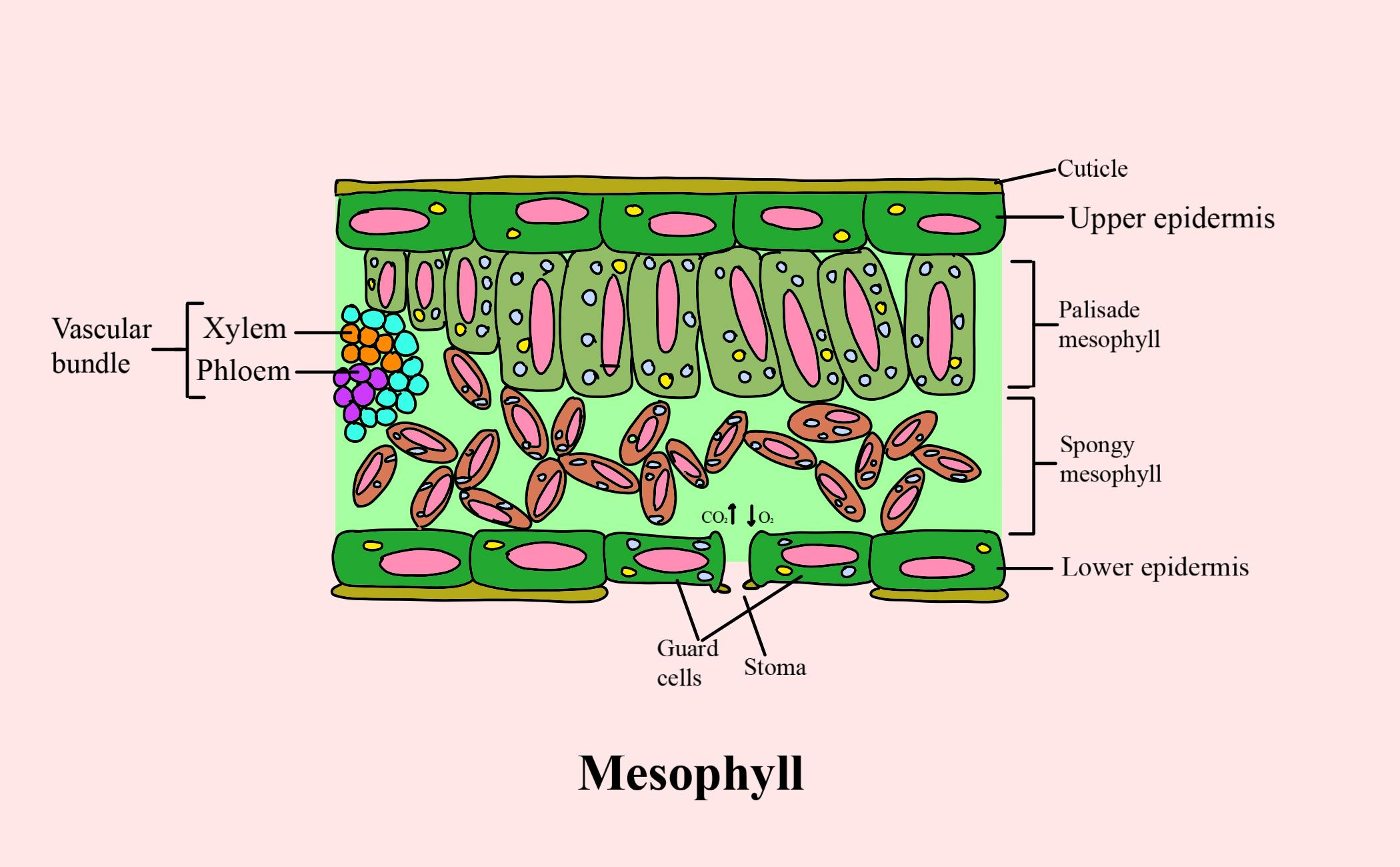
The mesophyll of leaf consists of (a) Spongy parenchyma cells (b) Palisade parenchyma cells(c
Identify whether a leaf is mesophytic, xerophytic, or hydrophytic based on leaf anatomy; Predict the drought tolerance of a leaf using anatomical and morphological features; Use the process of science to ask and answer scientific questions; Collect, analyze, and interpret data

Plant Structures Biology for Majors II
Diagram showing the cross-section of a leaf The specialised cells in leaves have adaptive features which allow them to carry out a particular function in the plant Adaptations of Plant Leaves for Photosynthesis Table You've read 1 of your 10 free revision notes Get unlimited access to absolutely everything: Downloadable PDFs
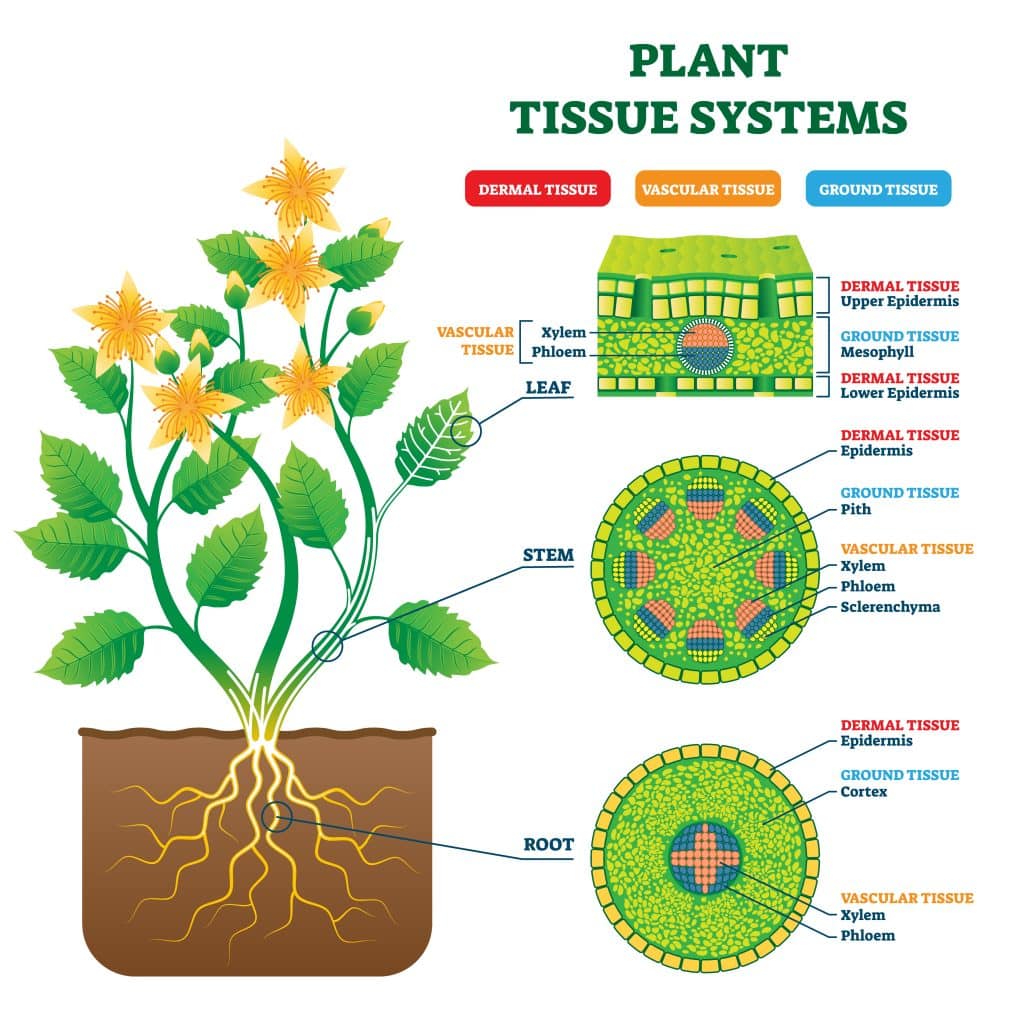
Section 5 Roots, Stems, and Leaves Nitty Gritty Science
leaf, in botany, any usually flattened green outgrowth from the stem of a vascular plant. As the primary sites of photosynthesis, leaves manufacture food for plants, which in turn ultimately nourish and sustain all land animals. Botanically, leaves are an integral part of the stem system.

Leaf Structure Labeled Best Science Images and diagrams Pinterest Science images
Leaf Parts. Leaves are generally composed of a few main parts: the blade and the petiole. Figure 13.1.2 13.1. 2: A leaf is usually composed of a blade and a petiole. The blade is most frequently the flat, photosynthetic part. The petiole is a stem that attaches the leaf blade to the main stem of the plant.
leaf structure Labelled diagram
Expand/collapse global hierarchy. Bookshelves. Botany and Horticulture. Botany Lab Manual (Morrow) 9: Leaf Anatomy. 9.2: Introduction to Leaf Anatomy. Expand/collapse global location.